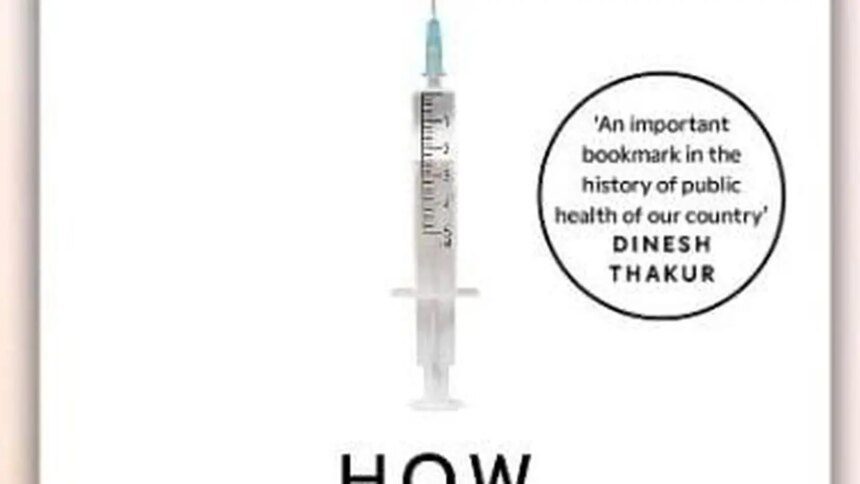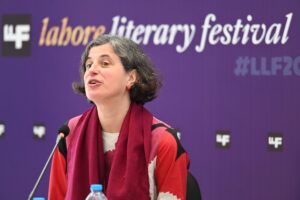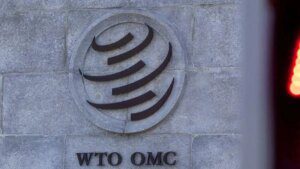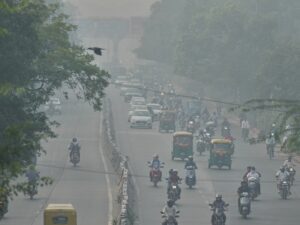India’s journey in vaccination started with a crucial delivery from Constantinople (now Istanbul, Turkey) that reached Bombay in 1802, shortly after Edward Jenner’s smallpox vaccine began reshaping public health in Europe at the end of the 18th century.
The initial consignment of smallpox vaccine did not arrive in glass vials but rather through the arms of children who had been inoculated with cowpox. These children traveled over 3,000 kilometers, journeying from Constantinople to Basra and continuing by ship to India.
Nearly ninety years later, Waldemar Haffkine, a Russian-born scientist, was assigned by the British colonial government to Calcutta to trial the cholera vaccine he had developed at Louis Pasteur’s laboratory in Paris. He would soon turn his attention to plague in the wake of an outbreak in Bombay.
The push for immunization against deadly diseases persisted as British scientists sought to develop vaccines for typhoid and rabies. Following a slowdown during the Indian independence movement, vaccine research intensified in the early years of the republic. Pioneers such as Sahib Singh Sokhey and Shanti Swarup Bhatnagar were instrumental in laying the groundwork for modern medical research in independent India.
Despite significant advancements over two centuries, no comprehensive document had captured India’s transformation from a nation reliant on vaccines to one that has established itself as a global leader in vaccine production.
Key milestones in this journey include the early vaccine depots of the colonial period, the establishment of the Haffkine Institute, the Pasteur and BCG laboratories, and the emergence of indigenous companies such as Serum Institute, Shantha Biotechnics, Bharat Biotech, and Biological E.
Vaccines represent more than just scientific developments; they embody the intersection of people, politics, and perseverance.
As the news of my forthcoming book spread, an unexpected response followed. Several leading vaccine scientists, including Stanley Plotkin, Katalin Karikó, Sarah Gilbert, Paul Offit, Peter Hotez, and K Vijayraghavan, lent their support to the project, with Italian vaccinologist Rino Rappuoli providing suggestions. Their engagement underscored a collective recognition of the importance of India’s vaccine narrative.
Vaccine Nation details the evolution of India from a passive recipient of global scientific advancements to an influential player in shaping global health policy.
The Covid-19 pandemic underscored a paradox: while India became a major supplier of vaccines to over a hundred countries, it struggled to vaccinate its own population effectively.
This contradiction—balancing power with vulnerability—serves as a central theme of the book, posing questions about how to reconcile innovation with inclusivity, ensuring that scientific progress serves both markets and people.
(The author of this article is also the writer of Vaccine Nation: How immunization shaped India, slated for publication by Macmillan in 2025. His earlier book, Heavy Metal: How a global corporation poisoned Kodaikanal, published in 2023, won the GreenLitFest Book of the Year Award in 2024.)
Published on October 20, 2025.










